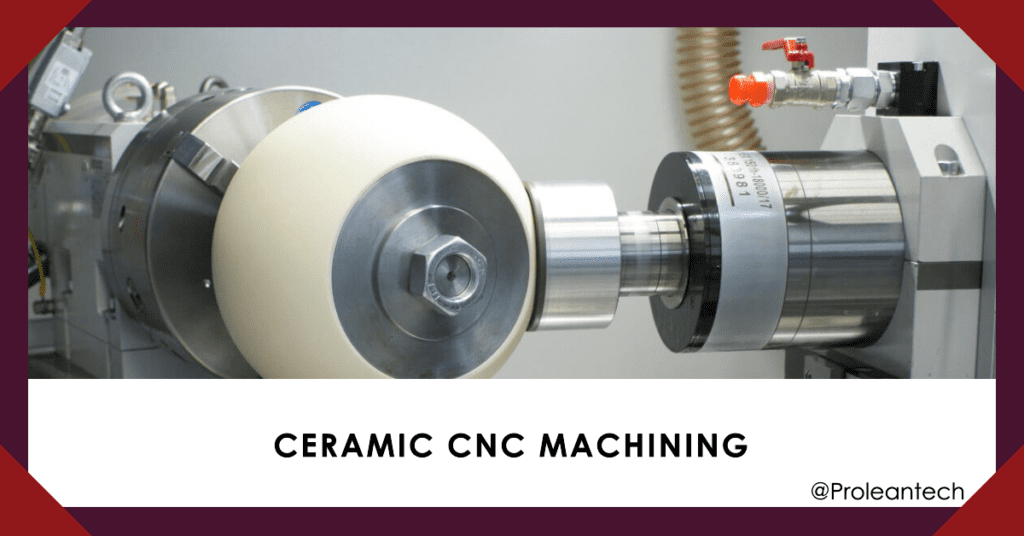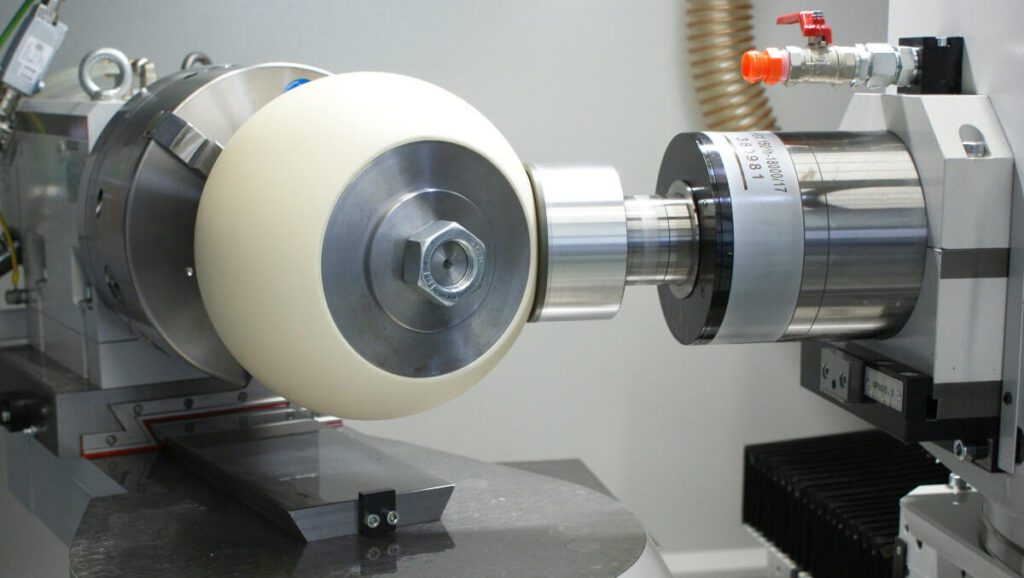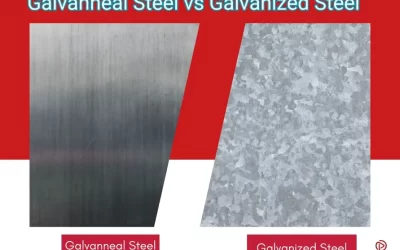
The industrial landscape is constantly evolving, with a diverse range of technologies. Ceramic materials are highly valued for their superior hardness, exceptional thermal stability, and excellent electrical insulation characteristics, making them a popular choice in sectors ranging from aerospace to biomedical engineering. However, the precise and efficient shaping of these materials is critical to leverage their full potential, and CNC machining plays a vital role in this process.
In this article, we explore the realm of Ceramic CNC Machining and examine a real-life application that showcases the transformative power of this advanced technology.
The Basics: Understanding Ceramic CNC Machining

Ceramic CNC (Computer Numerical Control) machining refers to a subtractive manufacturing process that utilizes computerized controls to operate and manipulate machine and cutting tools to shape stock ceramic material. Here’s a general breakdown of how this process works:
The process of creating ceramic parts involves several stages, each with its own set of tasks. It all starts with the design stage, where a CAD model is created using computer-aided design tools. Once the design is finalized, it is translated into a CNC program that the machine can interpret. After that, the ceramic material is carefully secured in the CNC machine, and the appropriate cutting tools are installed.
The next stage is machining, where the CNC machine gets to work, cutting and shaping the ceramic material according to the instructions provided by the CNC program. This stage can take some time, depending on the complexity of the design and the size of the part being produced.
Once the machining process is complete, the ceramic part may undergo additional post-processing steps, such as cleaning, inspection, or further refinement. This is an important stage, as it ensures that the part is free from defects and meets all the necessary quality standards.
Overall, creating ceramic parts using CNC machines is a complex process that requires careful planning and execution at every stage. By following these steps, manufacturers can produce high-quality ceramic parts that meet the needs of their customers and stand the test of time.
The precision, repeatability, and ability to produce complex shapes make CNC machining an ideal process for ceramic materials, especially when high volumes are required.
Key Attributes of Ceramic Materials
Ceramic materials come with an array of attributes that make them ideal for various applications:
- High Hardness: Ceramic materials are often harder than metals, leading to better wear resistance and longevity.
- Thermal Stability: Ceramics can withstand high temperatures without melting or deforming, making them suitable for heat-intensive applications.
- Electrical Insulation: Ceramics are excellent electrical insulators. They’re used in electronic components and high-voltage applications where insulation is a must.
- Corrosion Resistance: Ceramics are highly resistant to oxidation and other forms of corrosion.
- Low Density: Ceramics typically have lower densities compared to metals, leading to lighter components.
However, these benefits come with challenges. Ceramics are brittle, making them prone to cracking or breaking under stress. They also require special machining techniques, given their hardness and heat resistance. Hence, processes like CNC machining are often employed to harness the full potential of these materials.
For clarity, here’s a tabulated summary of the key attributes:
| Attribute | Benefit |
|---|---|
| High Hardness | Improved wear resistance and longevity |
| Thermal Stability | Suitable for heat-intensive applications |
| Electrical Insulation | Ideal for electronic components and high-voltage applications |
| Corrosion Resistance | Resistant to oxidation and other forms of corrosion |
| Low Density | Lighter components for various applications |
A Deep Dive into Ceramic CNC Machining
The growing demand for highly complex and precise components in various industries has led to the need for specialized machining methods capable of handling challenging materials like ceramics. Ceramic CNC machining leverages computerized technology to manipulate machine tools, enabling the production of parts with intricate shapes and high precision.
The Ceramic CNC Machining Process
Ceramic CNC machining generally follows these stages:
- Designing the Component: The first step involves designing the component using CAD software, which is then converted into a CNC program.
- Material Selection and Preparation: The right ceramic material is selected based on the application’s requirements and then prepared for machining.
- Machining: The CNC machine executes the program instructions to create the desired shape from the ceramic material. The precision of CNC machining ensures minimal errors and high consistency across multiple parts.
- Post-Processing: After machining, the ceramic parts undergo post-processing procedures, including cleaning, inspection, and any necessary finishing touches.
Advantages of Ceramic CNC Machining
- Precision and Accuracy: CNC machining offers high precision, making it ideal for ceramics that require intricate details and tight tolerances.
- Consistency: The automation of CNC machining ensures consistency across multiple parts, which is crucial for large-scale production.
- Versatility: Ceramic CNC machining can handle various ceramic types and produce a wide range of shapes and sizes.
- Efficiency: The high speed and automation of CNC machining make it a time-efficient method for producing ceramic parts.
Ceramic CNC Machining Applications
Ceramic materials’ unique properties have led to their use in a wide array of applications across different industries.
1. Aerospace and Defense
In the aerospace and defense industry, ceramic materials are used to make various components, including insulation parts, radar domes, and missile nose cones. The high heat resistance and low density of ceramics make them ideal for these applications.
2. Medical Industry
In the medical field, ceramics are used to make surgical instruments, prosthetics, and implants. Their biocompatibility, hardness, and wear resistance make them suitable for long-term use in the human body.
3. Electronics
Ceramics are widely used in the electronics industry to make components such as insulators, capacitors, and semiconductors. Their electrical insulation properties and heat resistance are key in these applications.
4. Automotive
Ceramic materials are used in various automotive applications, including sensors, catalytic converters, and brake discs. The materials’ hardness, heat resistance, and low wear contribute to improved vehicle performance and durability.
Here’s a quick summary of ceramic CNC machining applications across various industries:
| Industry | Applications |
|---|---|
| Aerospace and Defense | Insulation parts, Radar domes, Missile nose cones |
| Medical | Surgical instruments, Prosthetics, Implants |
| Electronics | Insulators, Capacitors, Semiconductors |
| Automotive | Sensors, Catalytic converters, Brake discs |
Case Study: Ceramic CNC Machining for Advanced Optics
A case study demonstrating the efficacy and precision of ceramic CNC machining can be seen in the optics industry, specifically the manufacturing of ceramic mirrors and lenses used in high-end telescopes and lasers. The need for precision in these components is unparalleled, and even the smallest error can lead to significant degradation of the final product’s performance.
1. The Challenge
The manufacturing of ceramic mirrors and lenses comes with a unique set of challenges. The components must be lightweight yet robust, must resist deformation, and need to retain their exact shape over a wide range of temperatures. All this while having surfaces polished to perfection for maximum reflectivity.
2. The Solution
CNC machining of ceramics, along with advanced finishing processes, allows manufacturers to meet these exacting demands. First, the rough shape of the mirror or lens is carved out of a block of ceramic material using a CNC machine. The process takes advantage of the precision and consistency of CNC machining, producing a part that is already close to the final shape.
After the rough machining, the ceramic part undergoes a series of grinding and lapping processes to improve the surface quality, followed by a final polishing stage to give the mirror or lens its reflective surface. Throughout these processes, the part is periodically checked against the original design specifications, ensuring that the final component is within the required tolerances.
3. The Result
Through the use of ceramic CNC machining, manufacturers can produce ceramic mirrors and lenses that meet the demanding specifications required by advanced optical systems. The finished components are lightweight, durable, and resistant to thermal deformation, making them ideal for use in a wide range of optical applications, from high-powered lasers to space telescopes.
This real-life case study underlines the power of ceramic CNC machining, highlighting its ability to deliver high precision and consistency, even when working with challenging materials like ceramics.
Overcoming Challenges in Ceramic Machining: Case Study
Ceramic materials, despite their numerous benefits, also come with unique challenges when it comes to machining. Their inherent hardness, brittleness, and heat resistance can cause difficulties in achieving precision and maintaining tool longevity.
In one instance, a Prolean client from the aerospace industry sought to incorporate a ceramic component into their design due to its superior heat resistance. The component had a complex geometric design that required high precision.
The primary challenge was to machine the ceramic material without causing micro-cracks or thermal damage. It also required specific tooling adjustments due to the hardness and abrasiveness of ceramics.
Prolean’s expertise in Ceramic CNC machining proved invaluable in overcoming these obstacles. Our team utilized an advanced CNC machine equipped with diamond tools – the hardest known material – to counter the hardness of the ceramic. The machining parameters were also carefully adjusted to minimize heat generation.
The coolant system played a crucial role in managing the temperature and preventing thermal damage. A slow cutting speed and a low feed rate were used to maintain precision and prevent the formation of micro-cracks.
The project was a success, with the ceramic component perfectly fitting into the assembly. It was able to withstand high temperatures without deformation or loss of functionality.
This case underscores the importance of working with a seasoned CNC machining service provider like Prolean when dealing with challenging materials like ceramics.
This is just one example of how Prolean’s Ceramic CNC Machining services can help businesses overcome the challenges associated with the use of ceramics, offering solutions tailored to their unique needs.
Conclusion
Ceramic CNC machining is a powerful tool in the manufacturing landscape, capable of unlocking the full potential of ceramic materials. By allowing precise, consistent, and efficient production, CNC machining opens up new opportunities and applications for ceramics across various industries, from aerospace to medical and electronics.
Ceramic CNC machining has demonstrated its value in real-life scenarios, such as the production of ceramic mirrors and lenses for advanced optical systems. As the demand for high-precision, high-performance components continues to grow, ceramic CNC machining is set to play an even more vital role in the future of manufacturing.
Related Resource:
FAQs
What is ceramic CNC machining?
Ceramic CNC machining is a process where computer-controlled tools are used to carve, shape, or form ceramic material into desired parts or products. It offers high precision, and consistency, and can work with various types of ceramics.
Why is ceramic CNC machining important?
Ceramic CNC machining is critical due to its ability to produce intricate and high-precision components from ceramics, a material known for its hardness, heat resistance, and insulative properties. These traits make ceramic CNC machining crucial in industries like aerospace, medical, electronics, and automotive.
Can all types of ceramic materials be CNC machined?
While most ceramics can be CNC machined, the specific method and parameters may vary depending on the ceramic type and the part’s complexity and specifications.
What are some common applications of ceramic CNC machining?
Common applications include making insulation parts for the aerospace industry, surgical instruments and implants for the medical industry, insulators and semiconductors for the electronics industry, and sensors and brake discs for the automotive industry.




0 Comments